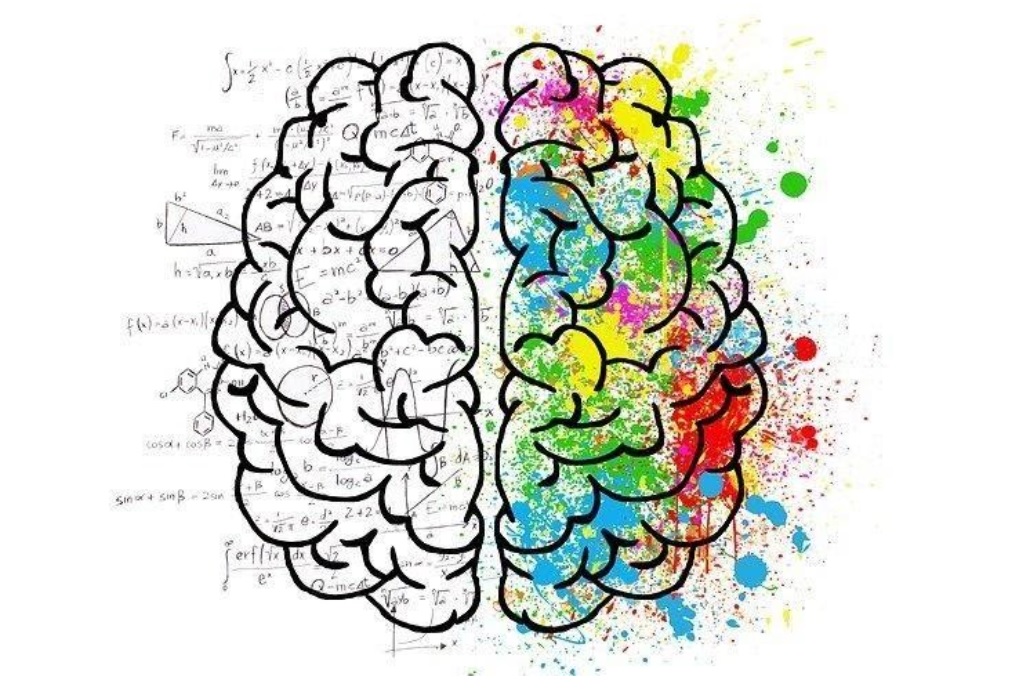The human brain, a complex and intricate organ, possesses an astonishing capacity for change and adaptation. This phenomenon, known as neuroplasticity, has revolutionized our understanding of mental health recovery. In the realm of addiction treatment, cognitive restructuring and emotional healing are taking center stage as new avenues for progress.
This article delves into the intricate relationship between neuroplasticity and mental health recovery, examining how this remarkable property of the brain offers hope and healing to those navigating the challenging path towards recovery.
1. The Neuroplasticity Mechanism
At its core, neuroplasticity refers to the brain’s ability to reorganize and adapt its structure in response to experiences, learning, and environmental changes. This capacity is enabled by the brain’s intricate network of neurons and synapses, which can strengthen or weaken connections based on demand and repetition. Through a process of synaptic pruning and formation, the brain continually reshapes itself, a mechanism that persists across the lifespan.
2. Harnessing Neuroplasticity in Mental Health Recovery
Neuroplasticity offers a transformative approach to mental health recovery. By understanding the malleability of the brain, individuals and therapists can work together to rewire neural pathways associated with negative thought patterns, emotional distress, and addictive behaviors. The brain’s adaptability provides a glimmer of hope for those who have struggled with seemingly entrenched challenges.
3. Therapeutic Approaches Leveraging Neuroplasticity
3.1 Cognitive Behavioral Therapy: Shaping Thought Patterns
Cognitive Behavioral Therapy (CBT) is a prominent therapeutic approach that capitalizes on the principles of neuroplasticity. By identifying and challenging negative thought patterns, CBT encourages the brain to rewire itself towards more positive and adaptive thinking. This technique has proven effective in treating various mental health disorders, providing individuals with practical tools to reshape their cognitive landscape.

3.2 Mindfulness Meditation: Cultivating Awareness and Resilience
Mindfulness meditation, rooted in ancient practices, has gained modern recognition for its profound impact on mental health. Through mindfulness, individuals develop heightened awareness of their thoughts and emotions. This awareness, cultivated through regular practice, enables the brain to rewire itself by fostering emotional regulation and reducing reactivity. Research indicates that mindfulness meditation can enhance gray matter density in brain regions associated with emotion regulation and self-awareness.
4. Neuroplasticity’s Role in Overcoming Addiction
Addiction is often characterized by deeply ingrained neural pathways that drive compulsive behaviors. Neuroplasticity provides a promising route for breaking these chains. By engaging in evidence-based interventions, such as cognitive restructuring and mindfulness, individuals in recovery can weaken the neural connections associated with craving and impulsive behavior. This process enables the brain to adapt to healthier habits and coping mechanisms.
5. Fostering Neuroplasticity Through Lifestyle Changes
5.1 Exercise: Boosting Brain Plasticity and Mood
Physical activity isn’t just beneficial for the body; it also nurtures neuroplasticity. Regular exercise has been shown to increase the production of brain-derived neurotrophic factor (BDNF), a protein that supports the growth and survival of neurons. BDNF plays a pivotal role in neuroplasticity by promoting the formation of new connections and strengthening existing ones. Additionally, exercise releases endorphins, neurotransmitters that elevate mood and reduce stress, further supporting mental health recovery.
5.2 Nutrition: Fueling the Brain for Recovery
The brain requires a diverse range of nutrients to function optimally. Omega-3 fatty acids, found in fatty fish and flaxseeds, support synaptic plasticity and cognitive function. Antioxidants, abundant in colorful fruits and vegetables, protect neurons from oxidative stress. A balanced diet rich in nutrients can provide the brain with the resources it needs to facilitate neuroplasticity and support mental health.

6. The Future of Mental Health Treatment
As technology continues to advance, innovative approaches are emerging that leverage neuroplasticity for mental health recovery. Virtual reality therapy, for instance, offers immersive environments for exposure therapy and anxiety reduction, allowing the brain to adapt to controlled stimuli. Personalized interventions, guided by neuroimaging and genetic information, could further tailor treatments to individual neural profiles.
7. Conclusion
Neuroplasticity is a beacon of hope in the realm of mental health recovery. As we delve deeper into the brain’s remarkable adaptability, therapeutic approaches are evolving to harness this potential. From cognitive restructuring and mindfulness to lifestyle modifications and emerging technologies, the path to healing is being paved by the brain’s capacity to rewire itself. By embracing the power of neuroplasticity, individuals on the journey of mental health recovery can rewrite their narratives and embark on a transformative path towards well-being and resilience.
